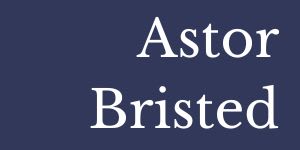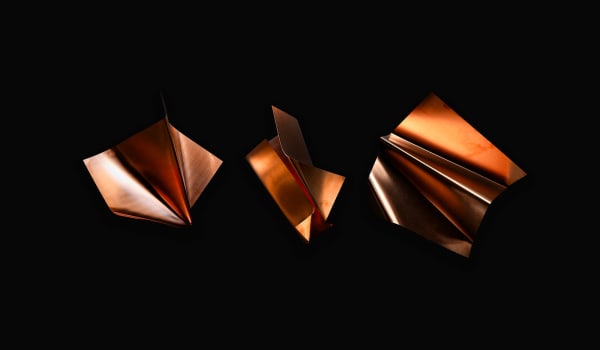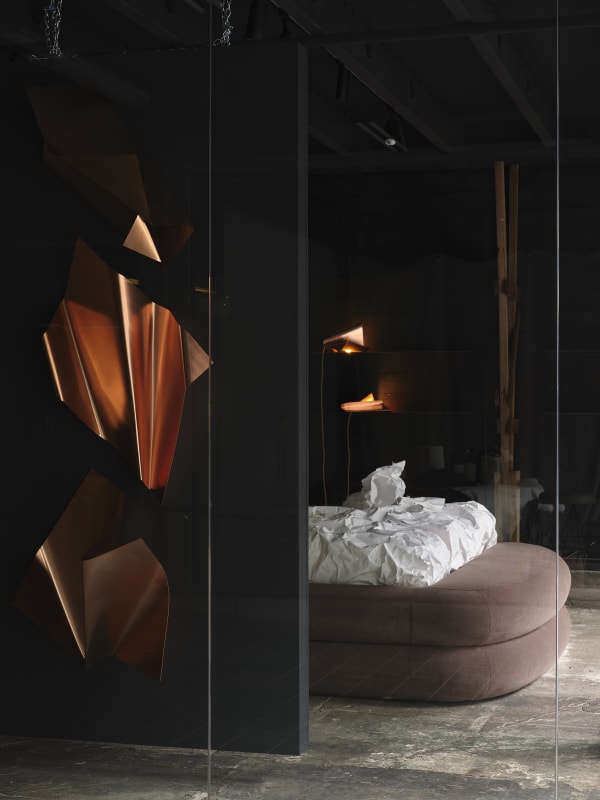Paper Thin
In this exhibtion, art is not just something to admire from a distance; it's an experience to be felt. Run your fingers along the delicate edges of paper, feel the coolness of copper, let your senses guide you through this landscape.
Paper Thin will redefine the boundaries of the room, casting intricate shadows and breathing life into the surroundings. The space itself will become an integral part of the art, engaging all your senses.
Sarah Jayne Kavali is an artist of her environment.
For years, she has been creating work on various scales. Public spaces, private residences, set design, retail stores, product design, fashion and art collaborations, and other
immersive installations, Sarah has come up with numerous 3D concepts specific to the client
and space, in a spree of artistic partnerships on multiple levels and continents.
PAPER THIN is Sarah’s first solo exhibition in New Zealand. It features a full-scale installation that asks the viewer to consider presence and impermanence.
The artwork in PAPER THIN hovers in front of the walls. It’s sculptural and 3D, jutting into the space, balanced in various stacks and sweeping deployments of Fabriano and Hahnemühle paper and copper sheets.
The Fabriano website states that their paper ‘gives space to your ideas’. Artists will be familiar with this creamy, thick stock, usually painted or drawn on. In this instance, it’s scrunched, pushed, pummelled and squashed in what must have been extremely energetic movements, before being carefully placed.
The artist applies force with her body to bend and press each sheet into its current
form. The works are a rendering of the physical exertion it took to manipulate the paper and copper, stored in the folds of the piece.
The layers of paper are billowing and cloudy although deceptively stiff. The copper hangs lazily, brightly, youthfully off the wall. Eventually, the paper may soften, the copper will develop a patina. With this inevitable change in appearance, how will the works feel with age?
Both paper and copper were originally flat and unmarked. The history of that original form is still detectable in the finished work, the process part of the contour, each version unique.
PAPER THIN is an exhibition of presence. In a that world that celebrates legacy, it poses the question of how does evolution witihin finished works make the viewer feel?














